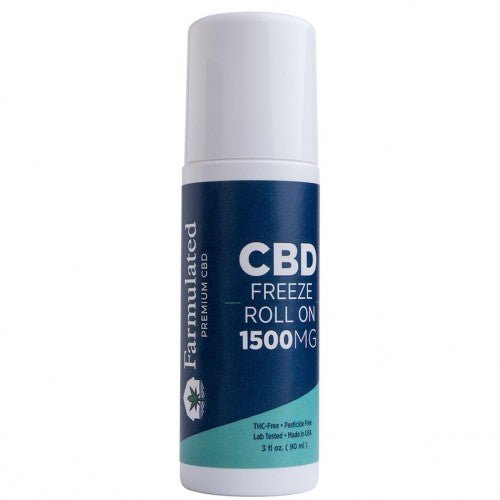Terpenes 101
Along with cannabinoids like THC (tetrahydrocannabinol) and CBD (cannabidiol), cannabis’ sticky resin glands secrete terpenes. These 5 carbon isoprene units are what make up essential oils. If you have taken an interest in the science behind hemp and marijuana, you have probably heard of terpenes and are aware of the important role they play in the character of each strain. What you may not know is that these terpenes occur naturally in thousands of plants and even certain animals like swallowtail butterflies and sharks.
When consuming a cannabis product you may notice particular flavors or scents such as lavender, pine, or citrus. These occur as a result of its terpene makeup and, indeed, each of the plants mentioned contains terpenes that are commonly produced in hemp and marijuana, linalool, myrcene, and limonene respectively. However, the first impressions of a cannabis strain do not necessarily indicate which terpenes it contains. This can be attributed to the vast array of terpenes a single strain can produce. Just as a pallet of several distinct colors will become just one color once mixed, a combination of scents and flavors once muddled become much harder to identify individually. Think of the skunky musk commonly associated with cannabis as the brown of the terpene world. Take a look at the graphic below to get an idea of how abundant and diverse terpenes are.
In addition to lending cannabis its colorful range of tastes and smells, the consumption of terpenes (affectionately referred to as ‘terps’ by some) produces many effects on the body and brain. These promising results are where the recent hype surrounding terpenes has sprung from, in fact, many of the medicinal qualities commonly associated with cannabis can be attributed to the presence of terpenes.
Terpene isolates are now available for purchase, they can be extracted from the plants that produce them and are often used to treat ailments such as insomnia, anxiety, inflammation, and even certain cancers. Though useful on their own, research indicates that due to the “entourage effect,“ when used in conjunction with cannabis, terpenes interact with our endocannabinoid system and their effects are enhanced. To better understand this concept imagine taking the ingredients that make up your favorite cake and consuming them all separately; you wouldn’t expect to taste a delicious baked good, but something altogether different and probably pretty unpleasant. In the same way, terpenes interact with cannabinoids to create more significant effects than either would on their own. This is why many cannabis aficionados advocate for full-spectrum extraction and formulations.
It is important to keep in mind that the FDA has not yet acknowledged these benefits. As research into the endocannabinoid system progresses, it seems almost inevitable that we will see conclusive evidence of the health benefits so many have attested to. The endocannabinoid system is heavily responsible for keeping our bodies in a state of homeostasis or balance and when this balance is maintained we are left significantly less vulnerable to disease. Given this, and the nuanced way individual terpenes and cannabinoids fit into our cannabinoid receptors, it is likely that we will begin to see detailed terpene readouts on the labels of cannabis products, a bit of a rarity in the industry today. In order to better study the synergistic effects of cannabis, precise and comprehensive terpene profiles are a must.
Testing for terpene levels can be done using various methods, but the most favored analysis uses gas chromatography. Unfortunately, test results can take weeks to arrive, by which time harvest conditions have long since changed. This is significant because terpene profiles vary not just by strain, but by environmental factors. Growers can combat this issue by doing in-house testing, a solution that more will probably turn to as regulations ease and outsourced testing is in higher demand.
In short, the field of terpene research is a new one, but by using high-tech methods of analysis in combination with modern genomic techniques we are likely to see progress in leaps and bounds. This is exciting for consumers, scientists and growers alike. Soon, you may be able to choose your cannabis products by both cannabinoid and terpene content and expect results catered to your needs exactly!





